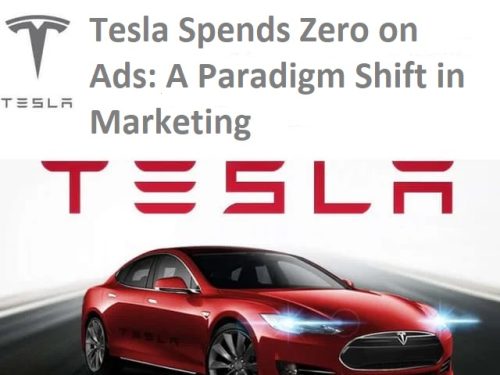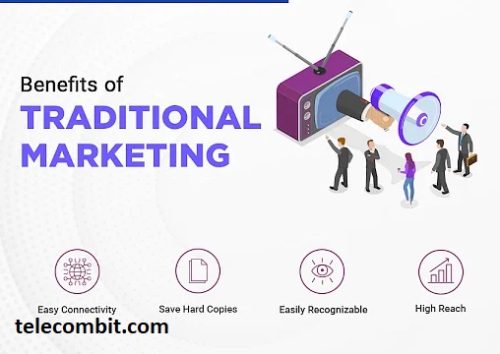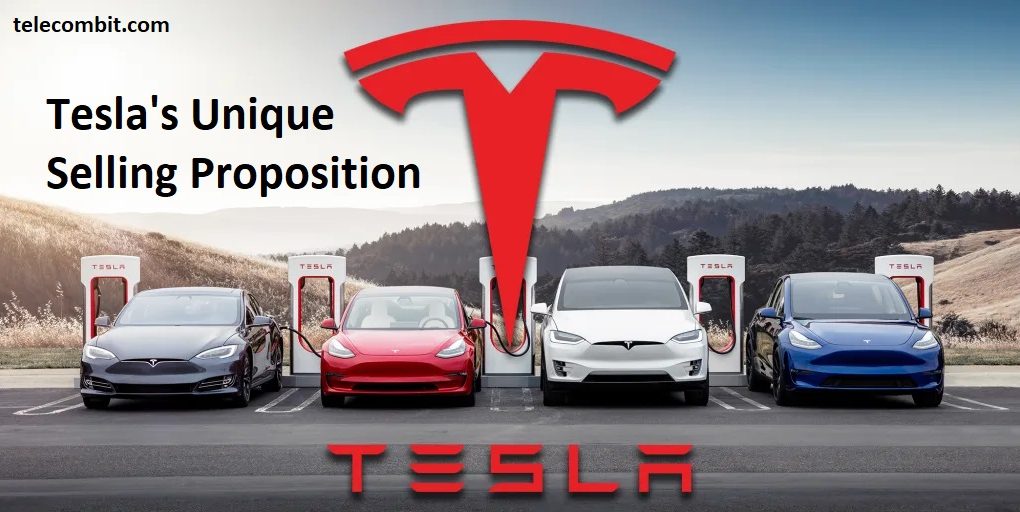Tesla Spends Zero on Ads: A Paradigm Shift in Marketing
In the world of marketing, where companies spend exorbitant amounts on advertising, Tesla has managed to achieve remarkable success without spending a dime on traditional advertising. This unconventional approach has not only defied industry norms but has also sparked a paradigm shift in the way businesses approach marketing. In this article, we delve into the reasons behind Tesla’s zero-advertising strategy and explore the factors that contribute to their marketing success.

The Traditional Advertising Landscape
In a world dominated by ads, where every inch of our lives seems to be saturated with promotional content, Tesla’s absence from traditional advertising stands out. While companies in various industries allocate significant budgets to television commercials, print advertisements, and online banners, Tesla has chosen a different path, relying on alternative marketing tactics to promote its brand and products.

Tesla’s Unique Selling Proposition

At the core of Tesla’s success lies its unique selling proposition (USP). Tesla has disrupted the automotive industry with its electric vehicles (EVs) and cutting-edge technologies. The brand has positioned itself as a pioneer in sustainable transportation, focusing on innovation, performance, and environmental consciousness.
Leveraging Word-of-Mouth Marketing
Tesla’s zero-advertising strategy relies heavily on word-of-mouth marketing, harnessing the power of satisfied customers to spread the word about their products. Tesla owners often become advocates, sharing their positive experiences with family, friends, and through online communities. This organic, grassroots approach to marketing has proven to be highly effective, as personal recommendations carry significant weight and influence in the consumer decision-making process.

A premium 3PL (third-party logistics) fulfillment service offers benefits like reduced shipping costs, improved order accuracy, faster delivery, and the ability to scale your business efficiently.
Creating a Cult-Like Following

Tesla’s ability to cultivate a cult-like following has been instrumental in its marketing success. By positioning its brand as more than just a car manufacturer, Tesla has created an aspirational lifestyle that resonates with its target audience. The company’s commitment to sustainability and clean energy aligns with the values of many environmentally conscious consumers, further strengthening their emotional connection to the brand.
Harnessing the Power of Social Media
In today’s digital age, social media has become a powerful marketing tool, and Tesla has fully embraced its potential. Through active engagement on platforms such as Twitter, Instagram, and YouTube, Tesla maintains a strong online presence. The company leverages social media to share updates, showcase new products, respond to customer inquiries, and foster a sense of community among its followers.

Investing in Product Innovation and Quality

While traditional advertising may focus on creating hype around products, Tesla’s marketing strategy emphasizes investing in product innovation and quality. By continuously pushing the boundaries of electric vehicle technology, Tesla generates media coverage and consumer interest organically. This approach not only reduces the need for traditional advertising but also allows the company to maintain a competitive edge in the market.
Collaborations and Strategic Partnerships
Tesla strategically collaborates with other companies and organizations to expand its reach and influence. For example, partnering with prominent energy companies and infrastructure providers helps Tesla to develop charging networks, making electric vehicle ownership more accessible and convenient.

Conclusion
Tesla’s decision to spend zero on ads has defied industry norms and revolutionized marketing practices. By focusing on product innovation, leveraging word-of-mouth marketing, nurturing a cult-like following, harnessing the power of social media, and forming strategic partnerships, Tesla has carved its own path to success. This paradigm shift serves as an inspiration for businesses to rethink their marketing strategies and explore alternative approaches that prioritize authenticity, customer satisfaction, and innovation.




